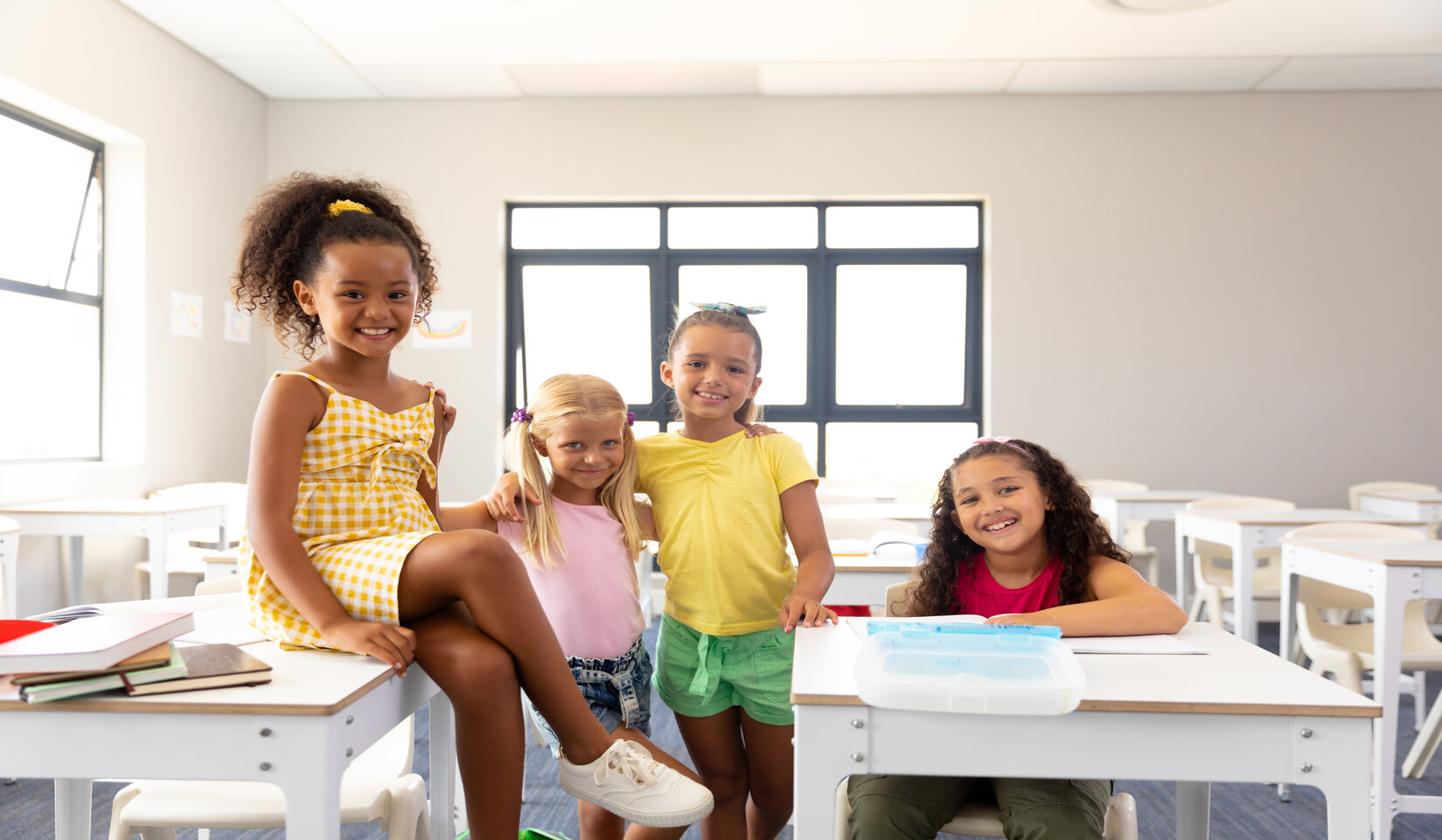Teaching methods and technology have significantly evolved over the past decade, and schools are now increasingly recognising the importance of student comfort in the classroom. Traditionally, schools maintained a belief that learning could only occur in a rigid, uncomfortable environment. By placing students in hard seats with harsh lighting, educators and administrators set a strict standard that prioritised discomfort.
Today, the significance of comfort in enhancing student success is evident as schools create environments where students are eager to learn, not just compelled to. A more comfortable setting allows students to thrive and learn without the hindrances of an uncomfortable atmosphere.
Comfort Improves Mood
Accomplishing tasks is challenging when one is in a bad mood, including for children in a classroom. Uncomfortable student desks and student chairs can irritate students, causing bad moods and impeding their focus. This discomfort can also make students feel trapped, distracting them from their work.
Classrooms designed with Spring Furniture for relaxation and comfort help students concentrate on their tasks instead of being anxious and distracted by uncomfortable furniture. Students will also feel that their comfort is valued by their educators, making them more at ease and ready to engage fully.
Active Learning and Comfort
Comfortable student desks and student chairs from Spring Furniture complement the concept of active learning. Whether it’s an area with beanbag chairs or modular seats, comfortable seating fosters collaboration among students and teachers in a conducive environment. Comfort elements in classrooms encourage students to relax and interact more freely, enhancing creativity and critical thinking.
Flexible and versatile classroom designs allow teachers to rearrange spaces quickly and effortlessly, creating a comfortable environment for both teachers and students.
The Importance of Seating Choices
Providing a variety of comfortable seating options in classrooms and study areas allows students to choose what helps them focus best. For instance, children with autism may have difficulties concentrating when uncomfortable; they might benefit from sitting in fabric chairs or on beanbags.
Allowing students to select seating that suits them helps them stay focused without disrupting the class or waiting for accommodations.
Health Benefits of a Comfortable Classroom
Maintaining comfortable classrooms benefits students’ physical and mental health, essential for learning. Health issues in the classroom can be significant distractions.
When adding new, comfortable student desks and student chairs from Spring Furniture, consider these health benefits:
Physical Health Benefits
Physical comfort correlates with physical health. Harsh fluorescent lights in classrooms often cause migraines. Natural light or warmer lighting solutions can help students focus on learning instead of dealing with pain.
Older students often suffer from poor posture. Some seating solutions offer posture-correcting support, keeping students comfortable and preventing long-term back pain.
Mental Health Benefits
Discomfort can exacerbate anxiety and negative thoughts in students with anxiety or depression. This discomfort might stem from lighting, temperature, or seating. Uncomfortable environments can make students hesitant to participate or too distracted to work on assignments. Creating a relaxed atmosphere helps students with mental health challenges to feel more at ease and engaged.
Comfort in Other Areas of the School
Attention to comfort should extend beyond classrooms to the entire school. Comfortable seating in cafeterias, study nooks, and auditoriums ensures everyone—including guests—feels at ease. In gymnasiums, comfortable stadium seating enhances the experience during assemblies or sports events.
How To Add Comfort to the School
To create a more comfortable school environment, consider these factors:
Seating
Comfort includes various seating materials, flexibility, and relaxation. Equip classrooms, libraries, and study areas with cushioned bench-style seating for collaboration and breaks, and modular seating for different setups and study methods.
Lighting
Minimise fluorescent lighting to reduce headaches and migraines. Ensure classrooms have plenty of windows for natural light and use warm lamps or drape cloth over light fixtures for a softer glow.
Temperature Regulation
Students struggle to focus if they are too hot or too cold. Ensure the school is well-ventilated and responsive to temperature complaints.
Sound Regulation
Poor acoustics in gymnasiums, cafeterias, and auditoriums can hinder listening. Use sound absorbers on walls or acoustic ceiling tiles to improve sound quality.
Student comfort is crucial for their success, and designing classrooms and school spaces that promote comfort should be a top priority. With Spring Furniture’s range of comfortable student desks and student chairs, schools can create environments that support student well-being and academic achievemen
Post time: May-21-2024







